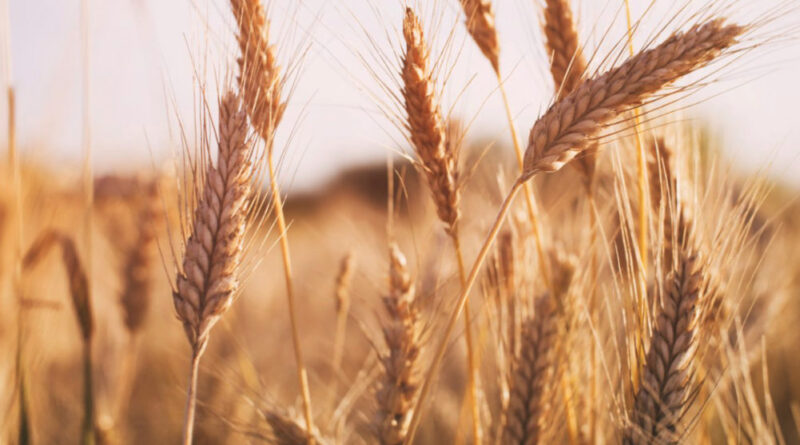Prolonged cold, fog spell in Bihar hits Rabi crops, but wheat yield may benefit
By Mohd Imran Khan
A long spell of fog and cold in January 2024 has affected Rabi crops like potato, mustard and lentil in Bihar. Farmers and agricultural scientists are concerned that the meteorological factor will likely impact production of these crops.
However, wheat (a major Rabi crop in the state) is not affected by long, intensely cold and foggy nights. Agriculture scientists pointed out that such weather benefits wheat, predicting a bumper harvest of the crop in the eastern state.
Scientists at Krishi Vigayan Kendra (KVK) in different districts confirmed damage of Rabi crops due to the cold wave and cold day conditions that lasted for days.
“According to farmer feedback, the potato crop in Rohtas district has been the most severely impacted by inclement weather last month. It is estimated that 20 to 25 per cent of the potato crop is damaged and more than 10 per cent of the mustard crop is damaged. Thankfully, no such damage was reported to wheat crops,” Ratan Kumar, scientist at KVK, Rohtas, told this reporter.
Kumar mentioned a longstanding belief in rural areas emphasising the significance of timely and early sowing of rabi crops for increased yield and substantial production. He highlighted the adverse effects of late sowing on yield and production, particularly with the changing climate. “Farmers experiencing delayed sowing complain about more damage due to prolonged spells of cold and fog,” he said.
Potato, mustard and lentil crops have suffered damage from the cold and fog, Anup Kumar Choubey, a scientist at KVK Aurangabad district, told this reporter. “Late-sown potato crops reported damage ranging from 25 to 40 per cent, while early-sown potato crops faced a 15 per cent damage. Mustard crops also suffered damage between 10 to 15 per cent,” Choubey said.
The challenge faced by farmers is that they harvest paddy until December and then begin sowing rabi crops, including mustard and potato, either in mid-December or early January, exposing them to severe cold conditions, the scientist added.
According to agriculture department officials, preliminary assessments from various districts indicated that intense cold and fog damaged potato and mustard the most, followed by lentil. However, there are no significant reports of damage to wheat crops.
A senior department official reported damage percentages, stating, “We have received information of 20 to 30 per cent damage of mustard and 30 to 40 per cent damage of potato, followed by 10 to 15 per cent damage of lentil.”
Cold and fog have affected rabi crops in most districts, with heavy damage reported in Gopalganj, Saran, Rohtas, Siwan, Kaimur, Buxar and Bhojpur. The agriculture department has instructed all district agriculture officers to submit reports on the damage to rabi crops due to the prolonged harsh winter and its potential impact on production.
Choubey noted that potato-growing farmers are grappling with the common problem of cold burn leaves, locally known as Jhulsa Rog, due to low temperatures, including cold days and nights.
Sunil Kumar, an agromet scientist at Bihar Agriculture University in Sabour, Bhagalpur district, told this reporter that the extended cold spell and reduced sunshine during the day have affected rabi crops. These conditions have negatively impacted the growth, flowering and yield-making process, leading to widespread reports of Jhulsa Rog in potatoes. However, wheat crops remain largely unaffected.
Agriculture department officials highlighted that the India Meteorological Department (IMD) issued cold conditions and fog alerts from early January to the end of the month. The IMD issued cold day and cold wave warnings for several districts throughout last month.
A cold wave, as defined by the IMD, occurs when the minimum temperature in the plains is 4 degrees Celsius or less or when it is less than 10°C and 4.5°C-6.4°C below normal. Meanwhile, a cold day is declared when the minimum temperature falls below 10°C and the maximum temperature drops by 4.5°C or more below normal.
This article has been republished from the Down To Earth Magazine.

